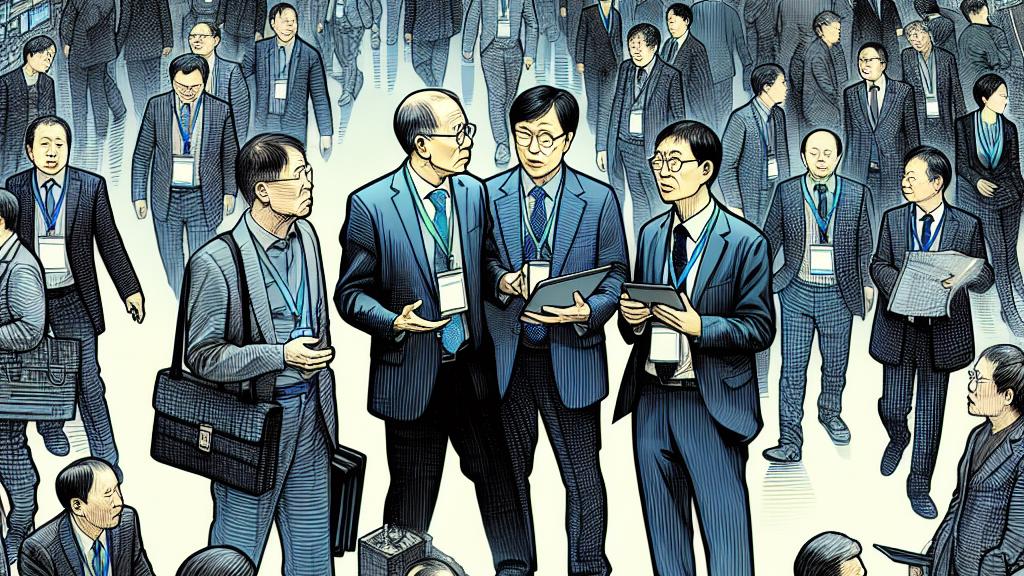Impacts of TSMC's Actions on China's Semiconductor Industry
Overview
- TSMC's strategic move to cut off several Chinese clients sends shockwaves through the semiconductor landscape at the Expo.
- Rising geopolitical tensions spark concerns about imminent U.S. sanctions overshadowing China’s ambitions.
- Despite the challenges, industry insiders project cautious optimism for the future of China's chipmaking endeavors.

The Ripple Effect of TSMC's Decision
At the vibrant 21st China International Semiconductor Expo in Beijing, buzzing discussions unfolded as industry veterans delved into the implications of TSMC's recent decision to cut advanced foundry services for specific mainland clients. This bold move has triggered alarm bells among Chinese semiconductor makers, highlighting their vulnerability in an increasingly competitive landscape. Major players like Huawei and Yangtze Memory Technologies were present, echoing a sense of urgency as geopolitical currents shift—especially with Donald Trump’s potential return to implementing stringent trade policies against China in the near future. The mood was a mix of anxiety and determination, signaling that this moment could redefine the trajectory of China's position in the global chip arena.
Transforming Adversity into Opportunity
In the midst of mounting pressure, however, hope prevailed as participants at the Expo began brainstorming actionable strategies to turn obstacles into stepping stones for growth. He Weiwei from BASiC Semiconductor, for example, disclosed a commitment to invest between 20 and 30 million yuan to bolster domestic capabilities, illustrating a proactive approach to reducing dependency on foreign supply chains. This move epitomizes resilience—rather than succumbing to intimidation, Chinese companies are rallying to embrace local resources. It’s as if they are not just weathering the storm but actively steering their course. The vast potential of China's market stands as an ally in this daunting landscape, reinforcing the adage that necessity fuels innovation.
Navigating the Ten-Year Gap in Technology
Nevertheless, the challenges are significant and cannot be overlooked. Intel's CEO Pat Gelsinger emphasized a critical point: China remains approximately ten years behind in advanced semiconductor technology. This gap is glaring. While SMIC operates with a 7nm-class chip, TSMC is racing towards groundbreaking 1.5nm technologies. The complexity of this situation underscores how deeply interconnected the semiconductor supply chain is with global politics and technological advancement. Without access to the essential tools and materials, Chinese firms face a daunting uphill battle. As stakeholders learn to navigate these choppy waters, collaboration and innovation emerge as vital strategies—highlighting that the semiconductor industry's future hinges not merely on manufacturing capabilities but also on strategic foresight and partnerships.

Loading...